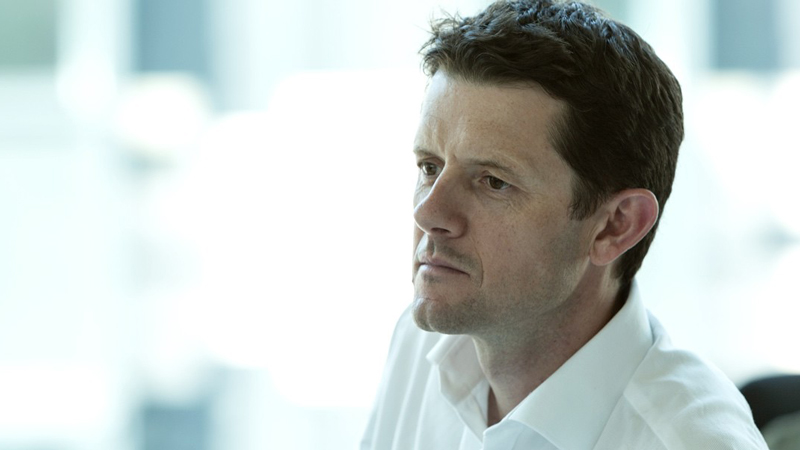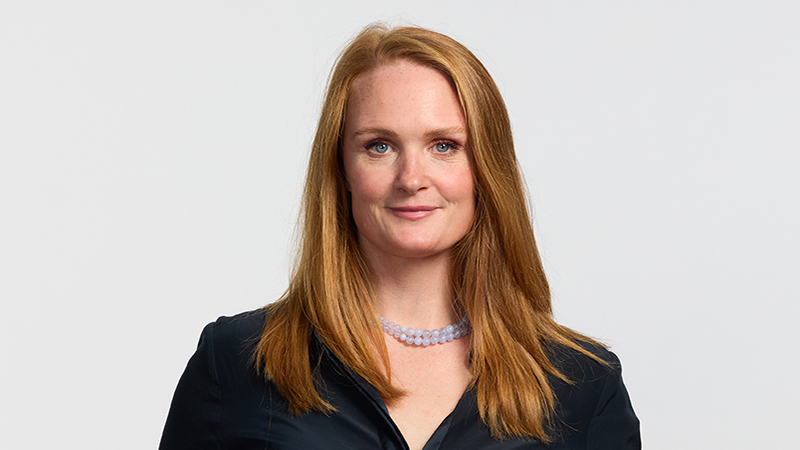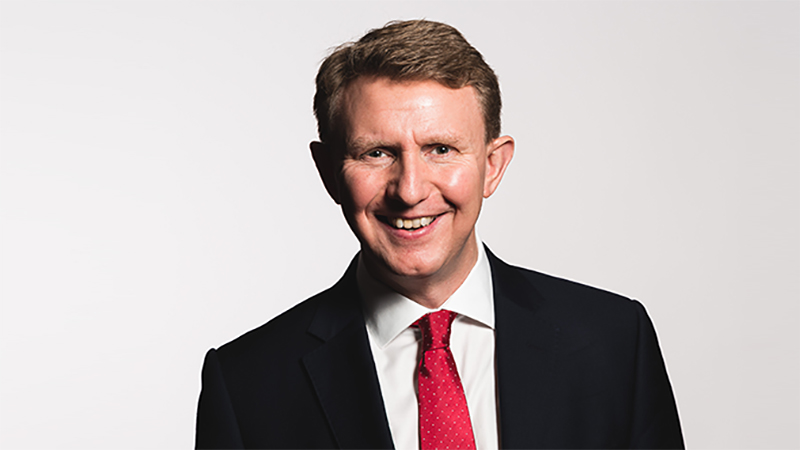But, this growth belies a continued shift toward ‘solutions’ and passive products and away from the single strategy funds that have been the pillars of the sector for many years.
According to the Boston Consulting Group’s latest Global Asset Management Report for 2015, the firm said the AUM of traditional active products represented 39% of the 2014, down from 59% in 2003, while alternatives grew from 6% to 11% of the total, passives from 8% to 14%, solutions from 6% to 13% and so-called specialties from 21% to 24%.
“This ongoing shift reflects investors’ persistent hunt for more outcome-oriented products, greater portfolio diversification and less expensive products in core categories,” the firm said.
But, it added: “In parallel, the ever changing macroeconomic environment continues to drive the rotation of successful products in 2014, the growth in specialty asset classes slowed, while active core product growth was boosted by rising equity markets and continued solid bond returns in Europe as rates continued to decline.”
While BCG admits that some active core products staged a comeback, with European bonds topping the rankings in Europe and money market funds taking top honours in Asia, specialties such as foreign equity global bonds and non-traditional bond funds still generated a hefty share of the net flows.
And, it expects this trend to grow over time.
“In particular, solutions and passives are likely to get a disproportionate share of net flows, relative to their current size. They therefore will remain the fastest-growing categories, squeezing the share of active core products and managers as those products suffer net outflows.”











